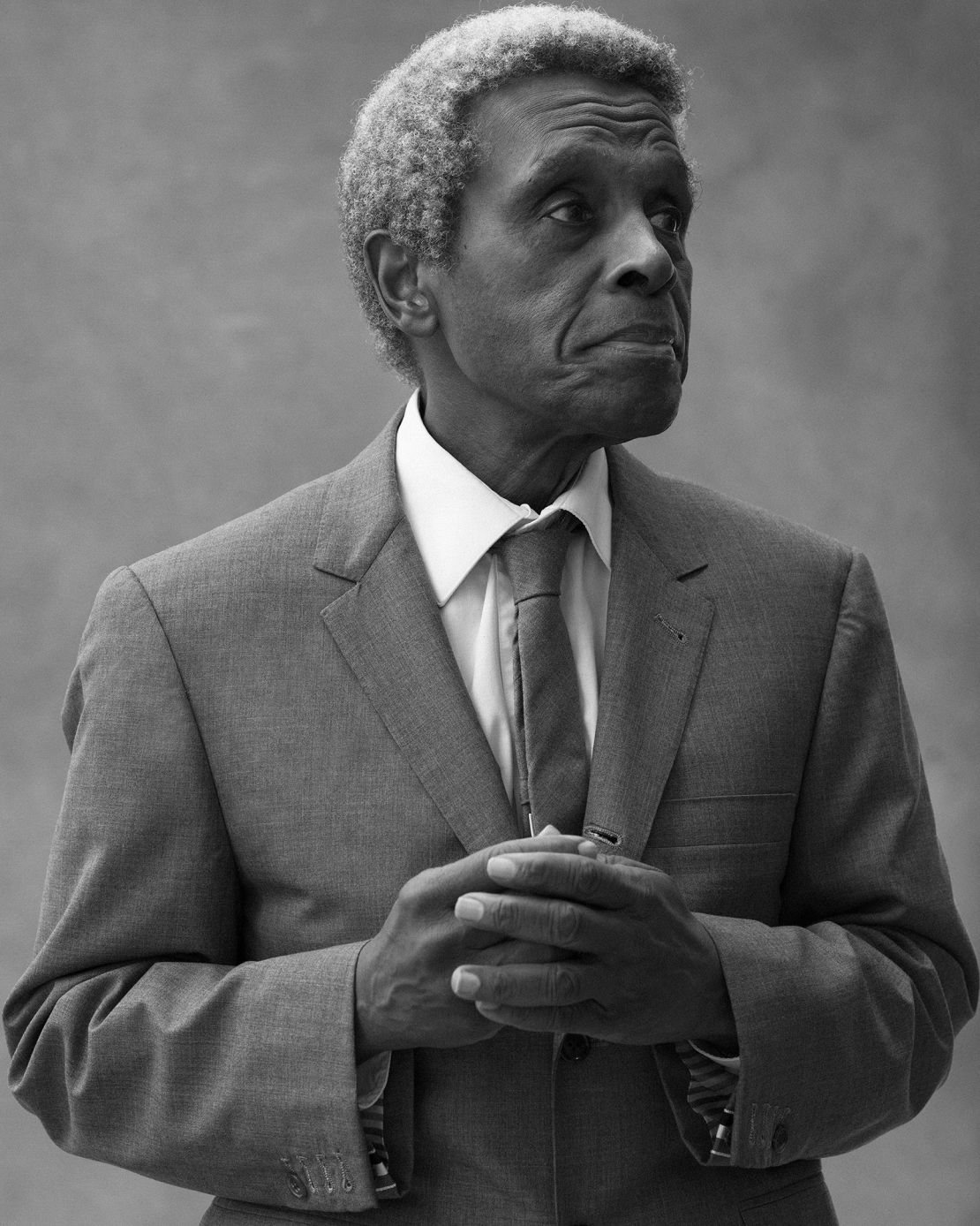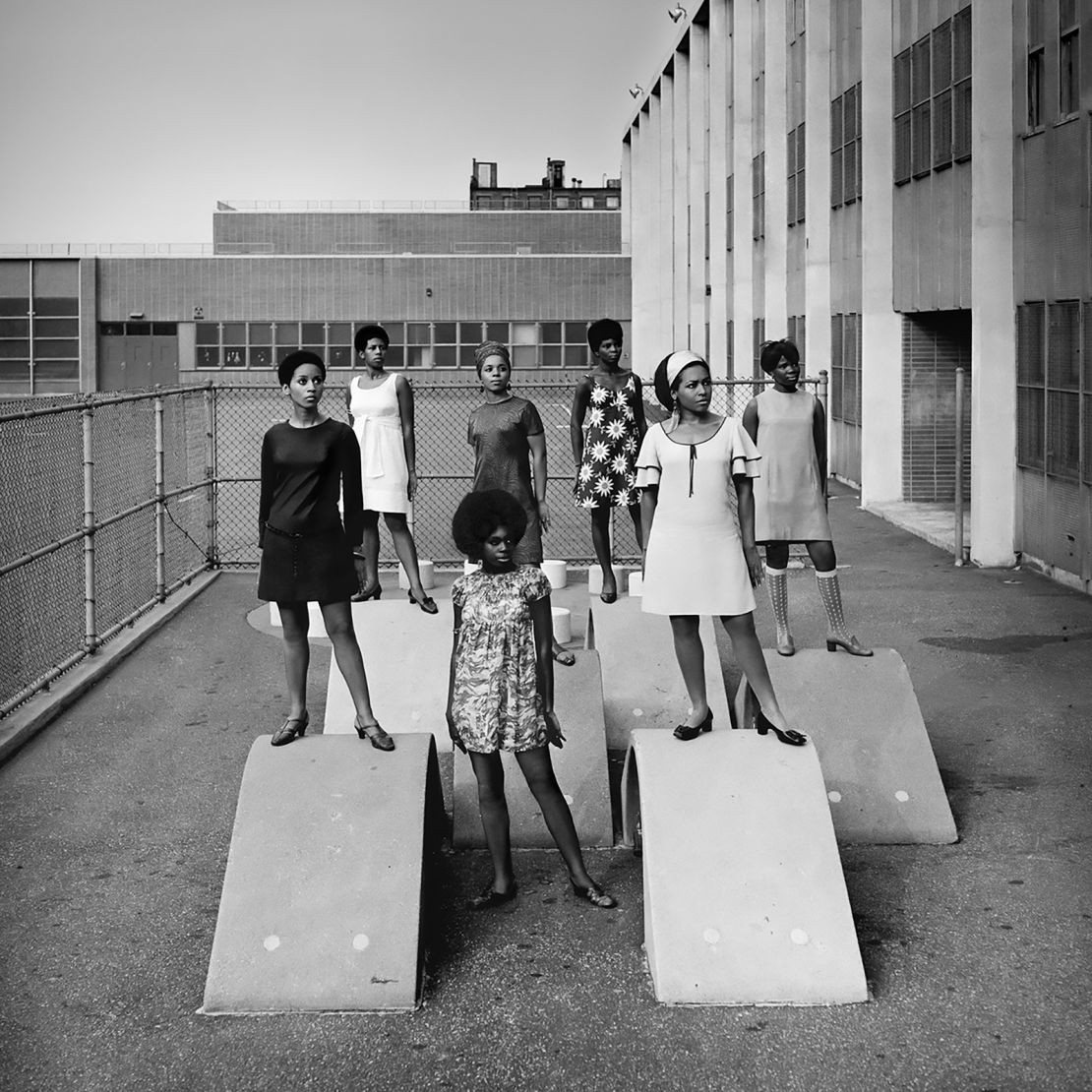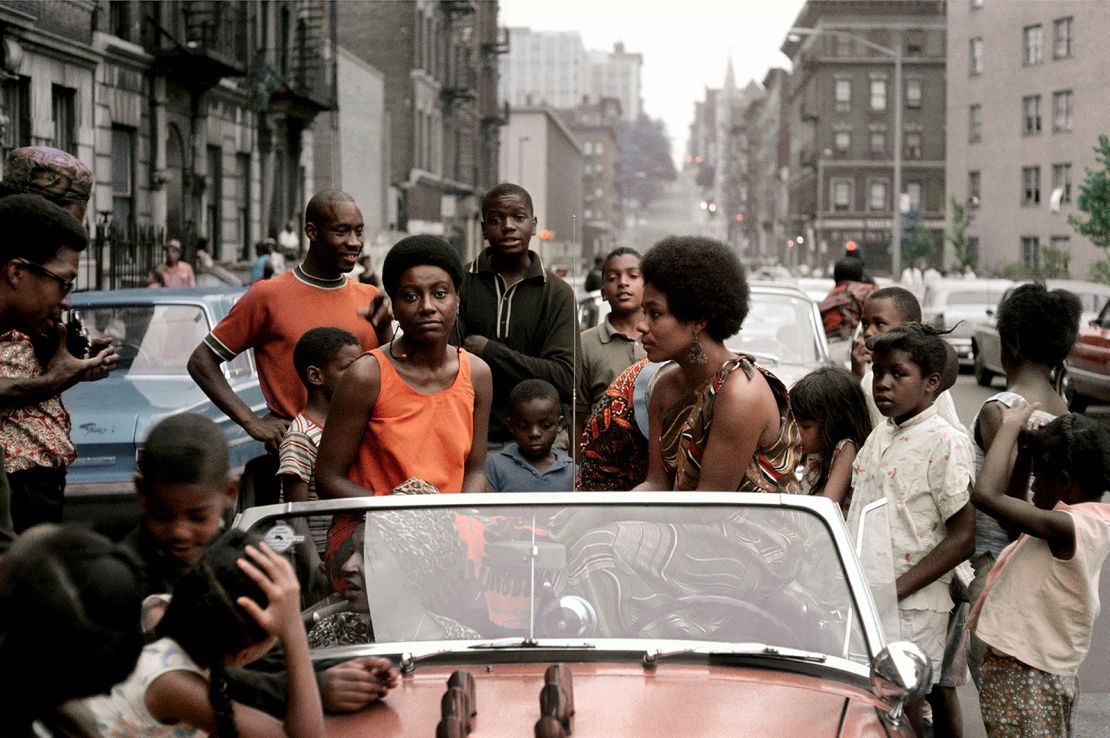Editor’s Note: This article was originally published Art newspaperCNN style editorial partner.
Cnn
B (b (b (
KWame Brathwaite, a prominent worker and photographer whose work helped to explain the aesthetics of the “Black is Beautiful” movement beyond the 1960s, died on April 1 at the age of 85.
His son, Comey Braithwaite, Junior announced his father’s death Instagram post He read partially, “I am very sad to tell that my father, our family patron, our rock and my hero have been transferred.”
Brathwaite’s work The subject has been In recent years, the interest of rehabilitation of curators, historians and collectors, and its first major institutional prejudice, organized by the Aperture Foundation, began in 2019 at Los Angeles’ Scoreball Cultural Center before visiting the country.

Brathwaite was born in 1938 in Barbadin immigrants, in which he called the “People’s Republic of Brooklyn” in New York, though his family moved from Harlem and then to South Brunks when Brightwet was 5 years old. He studied at the School of Industrial Art (now High School of Art and Design) and, according to Brathwaite’s profiles T Magazine And LieutenantIn two moments, photography was attracted. The first was in August 1955, when a 17 -year -old Brathwaite faced David Jackson in his open coffin a brutally disturbing image of Emot. The second was in 1956, when he and his brother Elumbe laid the foundation of the African Jazz Arts Society and Studios (Ajis)-Brathwaite saw that a young man saw a photo pulling into a dark jazz club without the use of flash, and his mind became clear.

Using the Hasbled Medium Format Camera, Brathwaite also tried to do the same, learned to work in a manner with limited light that increased the visual story of his imagery. He will soon produce a dark room technique that reinforces and deepened the black skin in his photography, which will respected this exercise in a small dark room in his Harlem apartment. Brathwaite photographed Jazz’s legends in the 1950s and 60s, including Mail Davis, John Coltron, Thalaonis Run and others.
“You want to get that feeling, the mood you are playing when they are playing,” said Bravitvet. Aperture magazine In 2017. “That’s it. You want to occupy it.
By the beginning of the 1960s, along with the rest of the objects, Brathwaite began using his photography and consciously arranged for the White Washed, the euro -centered beauty quality to withdraw. This group has emerged with the concept of Grandasa models, young black women whose brittle photo will make a picture, celebrates its features and highlights it. In 1962, Ajis arranged “naturally ’62”, a fashion show, which is known as the Arghwani Manor in the Harlim Club and features models. The show will be held regularly by 1992. In 1966, Brathwaite married his wife School, a Grandasa model that he met on the road a year ago when he asked if he could take a picture of him. They both married for the rest of Brathwaite’s life.

By the 1970s, Brathwaite’s focus on Jazz moved to other forms of popular Black Music. In 1974, he traveled to Africa to document his visit with Jackson Five, he also photographed the historic “Rimble in the Jungle” boxing match between Muhammad Ali and George For the Five, which is now the Congo of the Republic of the Republic this year. During this period, the commissions also saw Nina Simone, Steve Wonder, Sally and Family Stone, Bob Marley and other music legends.
In the coming decades, Brathwaite continued to detect and develop his photography style, all of which is “black is beautiful” through the lens of ethics. In 2016, Brathwaite joined the Roster of the Philip Martin Gallery in Los Angeles, and he recently continued to photograph commissions like 2018, when he shot artist and stylist Joan Pete Fareer. New York.
T -magazine’s 2021 profile, published on the occasion of the journey to the Bleron Museum of Art in the city of Austin, noted that the photographer’s health was failing to interview for this article. A separate exposure, ”KWame Brathwaite: Waiting things to wait“Currently, Chicago’s Art Institute is visible, where it will remain until July 24.
Top Image: KWame Brathwaite, “without title (Sequelo Brathwaite, Orange Portrait),” 1968


